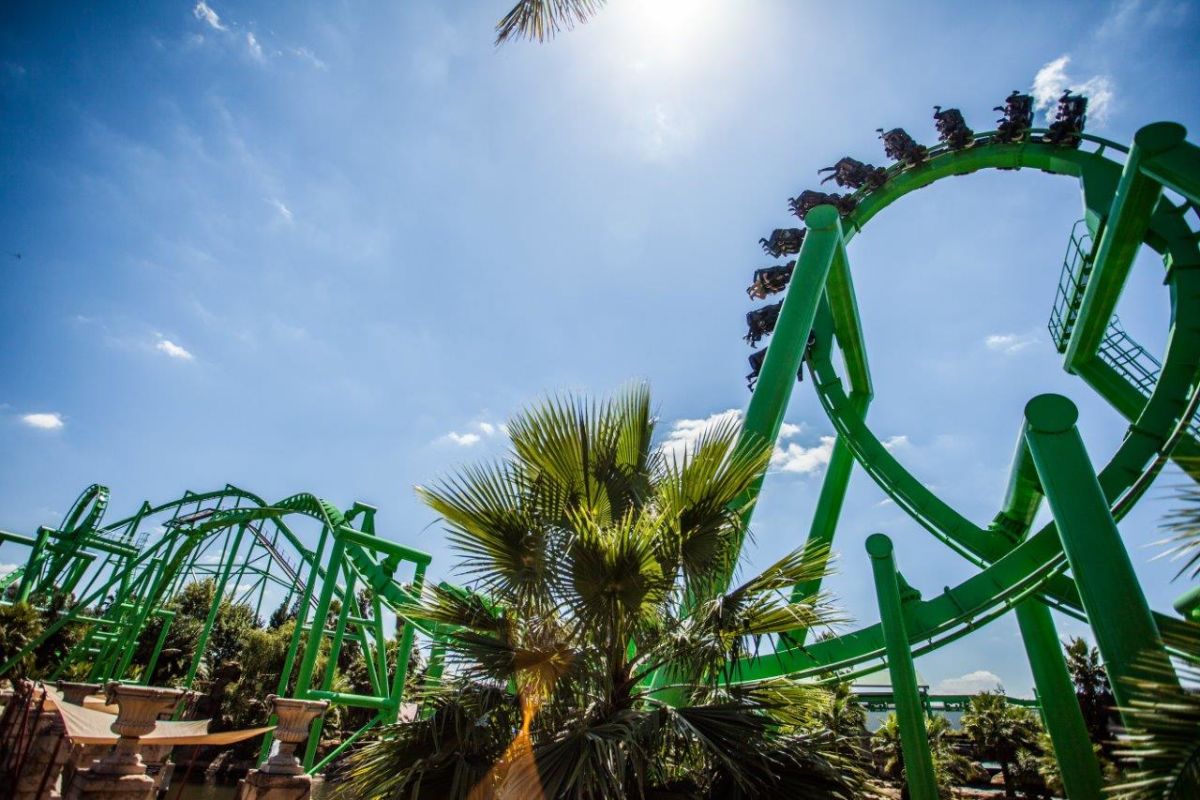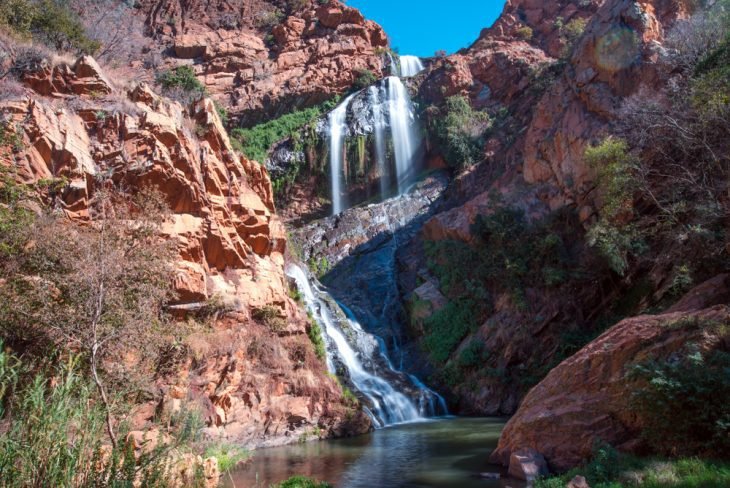Rumored Buzz on Johannesburg North Attractions
Rumored Buzz on Johannesburg North Attractions
Blog Article
Rumored Buzz on Johannesburg North Attractions
Table of ContentsThe Ultimate Guide To Johannesburg North AttractionsThe 9-Minute Rule for Johannesburg North AttractionsExamine This Report on Johannesburg North AttractionsThe Main Principles Of Johannesburg North Attractions The smart Trick of Johannesburg North Attractions That Nobody is DiscussingJohannesburg North Attractions for BeginnersThe Ultimate Guide To Johannesburg North Attractions
However you must maintain protection in mind and tourists should continue to be sharp at all times when in unknown environments. Talk to the locals when you are in town to discover the location you are staying in. Johannesburg North attractions. When on the street (this does not put on mall and other protected settings) ideal general guidance is to attempt your ideal to look like a regional and to prevent presenting any kind of form of wide range
6 Easy Facts About Johannesburg North Attractions Shown
Professor Revil Mason O. J. (Thomson, 1946) checked out the Witwatersrand's pre-colonial background. His historical job took off the 'em pty land' misconception, according to which the area was lacking human habitation before the arrival of European inhabitants. In his magazines Prehistory of the Transvaal: A Document of Human Task (1962) and Beginnings of Black Individuals of Johannesburg and the Southern Western Central Transvaal AD 3501880 (1986 ), Teacher Mason showed the extent of social and economic growth in the location before Europeans set foot right here.

Some Of Johannesburg North Attractions
In 1878, David Wardrop discovered gold in quartz capillaries at Zwartkop, north of Krugersdorp. In 1881, Stephanus Minnaar came throughout gold on the farm Kromdraai, near the Cradle of Humankind.
In March 1886, an outcropping (quickly to be called the Key Reef) was discovered, rather fortuitously, on Gerhardus Oosthuizen's farm Langlaagte. Some state that the Lancastrian coal miner George Walker uncovered this reef. Another itinerant English miner, George Harrison (that had formerly worked in Australian mines) obtained a prospecting licence in respect of Langlaagte in May 1886.
He decided to proceed in a quest for greener pastures, and disposed of his Langlaagte case for the baronial amount of 10. Alas: under lay the wealthiest goldfield ever located. The exploration of this rich auriferous coral reef provoked a gold thrill that signified the end of bucolic tranquillity in the southern Transvaal.
It would certainly, within 6 years, come to be the biggest community in southerly Africa. Within a years, it would make the Z. A. R. till then an anarchical and insolvent little state the richest nation in Africa. By the turn of the century, the Z. A. R. was to surpass Russia, Australia and the United States of America to end up being the globe's leading gold manufacturer, producing more than a quarter of the world's gold.
7 Simple Techniques For Johannesburg North Attractions
It was referred to as Ferreira's Camp, named after Colonel Ignatius Ferreira. He was a Boer adventurer upon whom the British authorities had presented the status of Companion of one of the most Distinguished Order of St Michael and St George (qualifying him to the post-nominal letters C. M. G.) in thankfulness for his role in the war that had deposed the Pedi king Sekhukhune in 1879.
Quickly the camp was including tents and wagons as beginners showed up daily from everywhere. By September 1886, some 400 individuals resided in Ferreira's Camp, which quickly boasted prefabricated iron and hardwood structures. Two various other camps were developed: Meyer's Camp on the ranch Doornfontein, and Paarl Camp. The latter was nicknamed Afrikander Camp; many people from the Cape Swarm resolved there.

Johannesburg North Attractions - Questions
This name obtained currency by word of mouth, such that the State Secretary verified the name to the Mining Commissioner on 9 October 1886. Stands in the town were auctioned on 8 December 1886. While some stands were offered for 10, others were torn down for as low as sixpence.
Two years later on, these erven were to transform hands for as high as 750 each. The tented camps decreased as a dorp of corrugated iron buildings created and increased north of the mines situated along the Main Coral Reef Road. Areas such as Jeppe's Town (where working-class immigrants erected their homes) and Doornfontein (where the wealthy new 'Randlords' began to build their luxurious homes) were quickly included in the ever-expanding map of the community.
Some Known Facts About Johannesburg North Attractions.
In addition to the road names, there were no indicators of Johannesburg being positioned in a Dutch-speaking country. Years later on, C. W. Kearns O. J. (one of the very first kids enrolled at St John's University in 1898) would certainly recall: 'A weird truth concerning Johannesburg was that, although it remained in the [Boer Republic], almost everybody talked English and even the Federal government servants resolved one in English, link unless they were very first dealt with in the Taal (or Low Dutch)'.
As such, Britain had an interest in guaranteeing optimum problems for gold production on the Witwatersrand, and that the gold was exported to London rather than Berlin a crucial rendered all the much more clamant by the Z. A. R - Johannesburg North attractions.'s raising toenadering with Germany. Mine proprietors were on a clash with Head of state Kruger, whose policy of monopolistic giving ins (commonly given to his cronies) avoided mining business from acquiring products of materials (especially dynamite) and labour by themselves, cheaper terms
The 25-Second Trick For Johannesburg North Attractions
In 1890, the Volksraad had limited the franchise business to white guys that had resided in the Z. A. R. for fourteen years or longer, thus invalidating the majority of the immigrants (who occurred to be the major factors to the fiscus). Agitation for the vote was a simple pretense for advertising a different agenda; many uitlanders concerned themselves as short-lived site visitors and had no intention of continuing to be in the Z.
Report this page